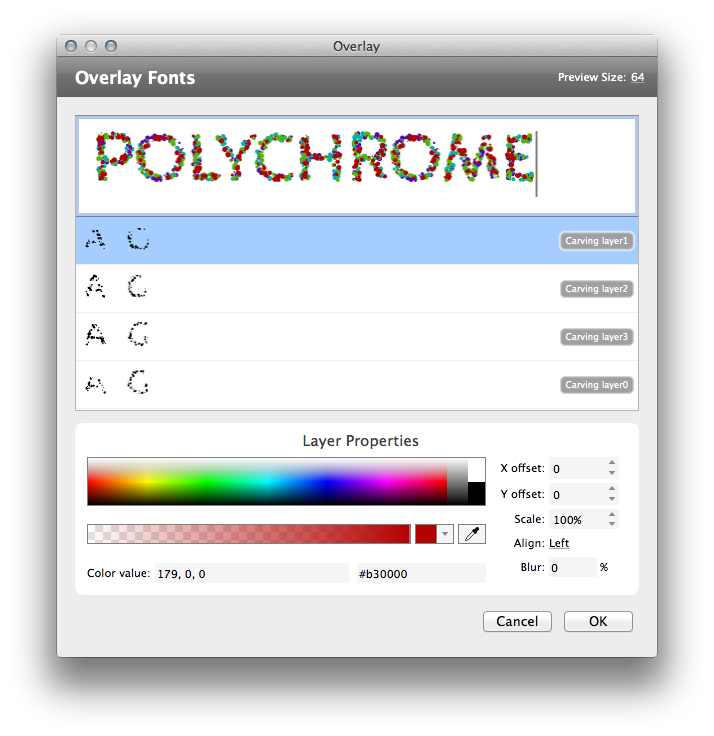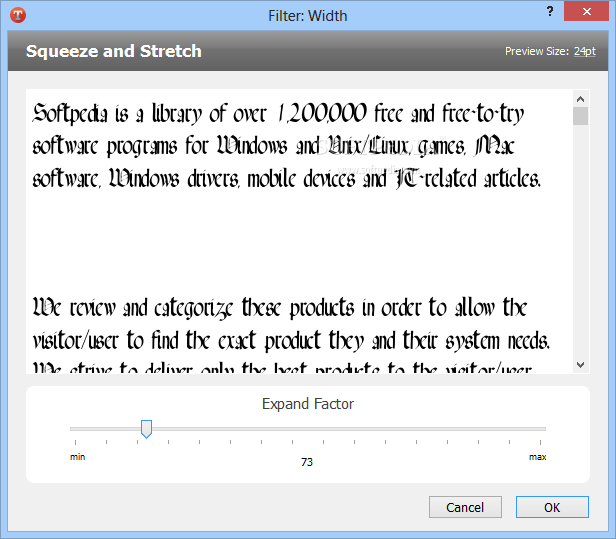

Symbol will shrink and grow according to the scale at which the map If the size is set in real world units (for example meters), the Size of cartographical elements is either set in screen pixels or in Symbols and cartographical elements in a map at different scales. There are two basically different ways of handling the display size of To achieve transparency (making lower symbols “shine” through upper The OPACITY parameter of LAYER and STYLE can be used The original polygons or grow over the borders. Polygons is to tamper with the original geometries by buffering orĬlipping the original geometry such that the new objects lie inside Yet another way to construct advanced line signatures for framed The LAYERs or STYLEs and put the outline presentation

To present the outline without clipping, just reorder What is observed here is aĬlipping effect that will result in an asymmetric symbol for theīoundary line. On top of the lines, the inner part of the underlying outline isĬovered by the fill symbol of the polygon. A polygon data set can be rendered as lines to frame the A combination of different geometry types is also That way each yellowĬoloured lane will have a width of (7-1)/2 = 3 units.Ĭombining symbols can be a solution for many kinds of cartographical Will be a red line with a width of 1 unit. The second level STYLE willīe a yellow line with a width of 7 units, and the topmost STYLE Units, the lowest STYLE (in drawing order) will be a broadīlack line with a width of 9 units. To create the highway symbol mentioned above with a total width of 9 STYLEs to create complex symbols by overlay. The preferred solution is to use multiple Rendering process of the same geometry will take up additional However, have performance effects for the application, as every Vector data with different symbols, sizes and colours on top of each This calls for a combination ofĬomplex cartographical effects can be achieved by rendering the same Say you want to display a highway with a black border line, two yellow Structure of Cartographical Symbols` ¶ Multiple Rendering and Overlay ¶ Symbols, which is also used in MapServer: The following figure shows the theoretical structure of cartographical Point and area symbols as well as textįonts (ttf) can additionally be displayed with a frame which we call Theįollowing graphical variables can be used within MapServer: FORM, SIZE, In which symbols can be varied referring to graphical variables. Bertin (1974) created a clear and logical symbol scheme Introduction ¶Ī map is an abstract representation that makes use of point, line andĪrea symbols. The document has been heavily revised for MapServer 6.
#Transtype overlay download#
( Download study report in German) His degreeĭissertation will also concern this subject. Hoffman mainly dealt with the development Parts have been taken from a studyĬarried through by Karsten Hoffmann, student of Geography andĬartography at the FU Berlin. Institute of Landscape and Nature Conservation. Results of a project carried out at the University of Hannover, The first version of the document was based on the This Document refers to the syntax of map and symbol files for Polygon fills with symbols of TYPE vectorĮxcerpts from the map file for the polygon fill vector examples above Polygon fills with symbols of TYPE pixmap LINEJOINMAXSIZE (only relevant for LINEJOIN miter)Īsymmetrical line styling with point symbols Symbol definitions for the figure that demonstrates point symbols Using Cartographical Symbols in MapServer So you should also declare the parameters in the Symbol Construction with MapServer ¶ Author : That is the place where the public parameters are declared and from where Oxygen picks up parameters shown in the Parameters list. Such metadata can also be added to the plugin.xml from a DITA OT 1.8 installation because the integration process just ignores any element that it does not know of. But Oxygen picks up this metadata and will present the descriptions, custom parameters and their values (along with the parameters from the base extended transtype) when you create a new DITA OT scenario of your custom type. The transtype element and all its contents is metadata, it is ignored by the integrator process. Open the parameters tab of a transformation scenario and click the New button. You can also do this via an Oxygen transformation scenario. For example, the property in the build.xml overrides the default value of the XSL parameter in the reveal.xsl styleheet.


 0 kommentar(er)
0 kommentar(er)
